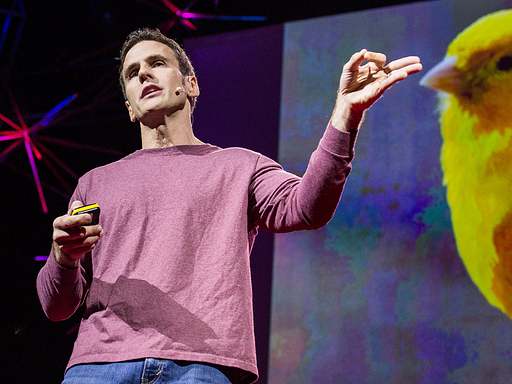What does "normal behavior" look like? To find out, Read Montague is imaging thousands of brains at work.
Why you should listen
Until recently, the world's curiosity about our brains seemed to focus on abnormal behavior. Which of course left a big question unanswered: Do we even know what "normal behavior" is? Through the landmark Roanoke Brain Study, Read Montague is hoping to find that out, exploring the everyday tasks of brains -- making decisions, understanding social context, and relating to others -- by neuroimaging some 5,000 people, ages 18-85, over a period of many years.
Montague's teams in Virginia and in London lead fascinating research in computational neuroscience (how the brain's "machinery" works), offering insight into the relationship between the social and cognitive functions. For instance, a recent study from his group found that in small social groups, some people will alter the expression of their IQ in reaction to social pressures -- revising, in almost all cases, downward.
What others say
“Wth 5,000 healthy controls, this will be the largest study of decision-making behavior and brain function in a healthy population. Studies are typically done with dozens of people, rather than hundreds or thousands.” — Ann Harvey, program coordinator for the Roanoke Brain Study

